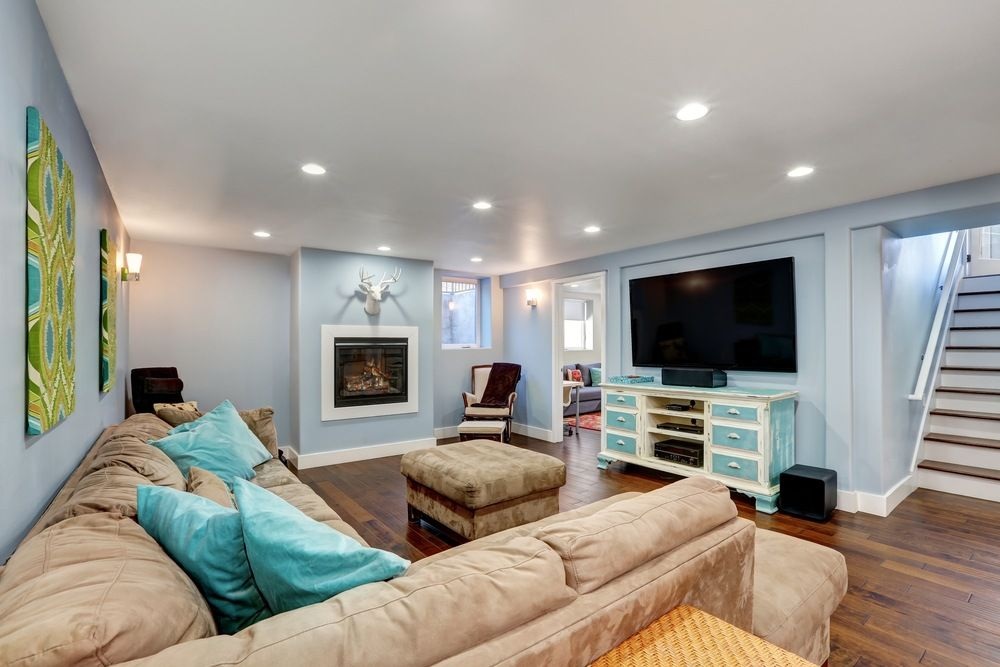Designing a child’s room is about striking a delicate balance between nurturing creativity, supporting growth, and offering practical solutions. A well-designed room evolves with your child, providing a haven for play, learning, and rest.
Creative and playful elements
Themed spaces: themed spaces can transform a child’s room into an imaginative world. For example, a space-themed room can feature star decals on the ceiling, glow-in-the-dark planets, and a rocket-shaped bed. Similarly, a nature theme could include leafy wallpaper, forest animal stuffed toys, and a reading nook in a treehouse-style bed. The theme serves as a cohesive backdrop for bedding, furniture, and decor.
Interactive walls: foster creativity with chalkboard or magnetic walls. Chalkboard paint lets kids draw freely and erase their art without damage to the walls. Magnetic walls provide space for letters, numbers, and educational games, while also allowing them to pin up their latest artworks. Removable wall decals in shapes like trees, birds, or cars enable personalization that adapts as your child grows.
Play zones: dividing a room into specific zones creates areas dedicated to particular activities. Set up a reading corner with a bookshelf and bean bag chairs. A play tent or tipi can spark imaginative adventures, while an art table stocked with supplies becomes a creative outlet.
Functional furniture and storage
Adaptable furniture: furniture that adapts as your child grows is a long-term investment. A crib that converts into a toddler bed and then a daybed accommodates changing needs, while an adjustable desk can be resized from preschool to middle school. Beds with built-in storage drawers, shelves, or desks provide dual functionality.
Loft or bunk beds: loft beds maximize vertical space, creating room underneath for a study or play area. Bunk beds, on the other hand, are ideal for shared rooms or sleepovers, and those with built-in desks or shelves optimize every inch.
Smart storage: keep the room tidy and organized with a mix of open and closed storage. Under-bed bins and stackable boxes can be used to store out-of-season clothes or toys. Labeling these bins with colors or words makes it easier for children to help keep things tidy. Wall-mounted shelves and pegboards make it easier to display books and keep art supplies within reach.
Desk and study space: a dedicated study space is crucial as children grow older. Select a desk with ample surface area, paired with a comfortable, ergonomic chair. Add drawers or organizers to keep stationery and homework supplies sorted, and pinboards or calendars to manage their schedules.
Practical and safe design
Durable textiles: kids are naturally messy, so choose textiles that are easy to clean and durable. Cotton, microfiber, and denim are practical choices for bedding and curtains because they can be machine-washed. Consider slipcovers for sofas or chairs that can be easily removed for cleaning.
Safe materials: safety is paramount in kids’ rooms. Look for furniture with rounded edges and non-toxic finishes. Anchor tall furniture to the walls to prevent tipping, and cover outlets and sharp corners to avoid injuries.
Ample lighting: layered lighting ensures a well-lit environment. Ceiling lights provide general illumination, while desk lamps or task lighting offer focused light for studying or reading. Soft nightlights ease the transition to sleep.
Personalization and growth
Artwork display: give children pride in their accomplishments by dedicating a wall to their artwork. Clipboards, corkboards, or frames make it easy to swap their latest drawings and crafts.
Growth charts: use a growth chart that’s both decorative and functional to track your child’s height over the years. Whether it’s a ruler-style chart or a more whimsical design, it marks an important milestone in their growth journey.
Personal accessories: let your child choose accessories like cushions, blankets, or posters that reflect their personality. This empowers them to participate in the design process.
Conclusion
A creative, functional kids’ room supports your child’s growth, imagination, and individuality. By incorporating themed spaces, practical furniture, and personalization, you can create a room that adapts as they grow, providing a safe and inspiring haven for play, learning, and rest.
You may also like
-
How to choose Bathroom Remodeler
-
Making the Move: Why Every Modern Kenyan Home Needs a Lift
-
Traditional Indian Bathroom Designs for Small Spaces with Modern Touches
-
Revamp Your Space with Versatile Byron Corner Modular Lounges – The Perfect Blend of Comfort and Style! Warehouse Direct | Austina
-
The Importance of Having a Mirror Inside the Bathroom

